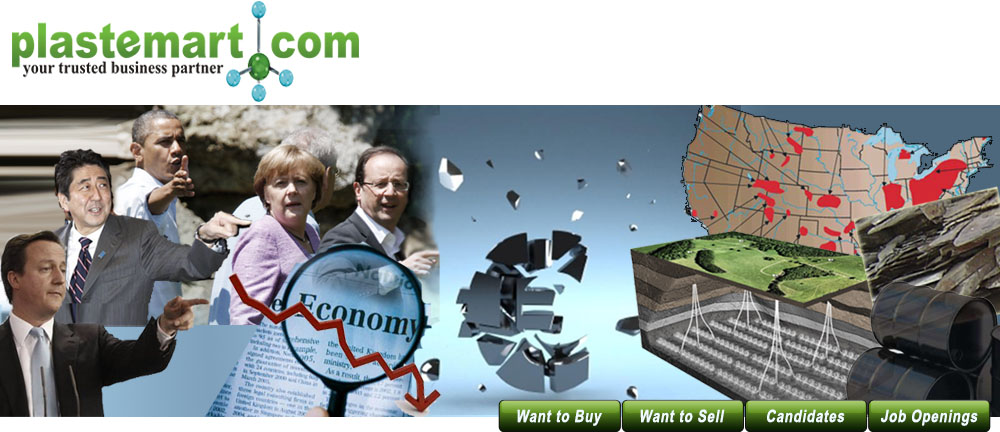
Despite scattered signs of improvement, the global economic scenario continues to be challenging. The marked slowdown of 2011 was followed by tepid global economic growth in 2012. Most countries expanded at a pace below potential in 2012 as the jobs crisis continued in the face of subdued growth. The short-term outlook for the economy of the EU and the eurozone remains fragile. International Monetary Fund clearly suggests that global economy in 2012 would be lower than 2011. All economic regions are expected to be weaker in 2012 compared to 2011. The global outlook seems tilted to the downside, as the EU debt crisis remains the biggest threat to the world economy. As a result, performance of major sectors in the region, including the petrochemical sector has not been encouraging.
Shale gas now dominates the global energy scenario. Over US$90 bln will be invested in U.S. businesses that can use cheaper natural gas- petrochemicals, fuel, fertilizer and steel industries stand to benefit. This will create opportunities to increase manufacturing capability, and has tremendous potential for economic impact and job creation. An abundant supply of inexpensive natural gas-based feedstocks coming from North America’s highly productive shale plays is revitalizing the country's polyethylene (PE) industry. As a result, North American producers of PE resins are establishing a competitive advantage in a highly competitive global market expected to continue from 2012 to 2017. The year ahead will see the beginning of a tilt of balance in petrocehmical supply towards North America. The region will be on its way to reassert its supremacy, after being second to the Middle East region for decades. Will the petrochemical sector in the EU, that has been slow to adopt the shale gas revolution, lose out? Click here to read more